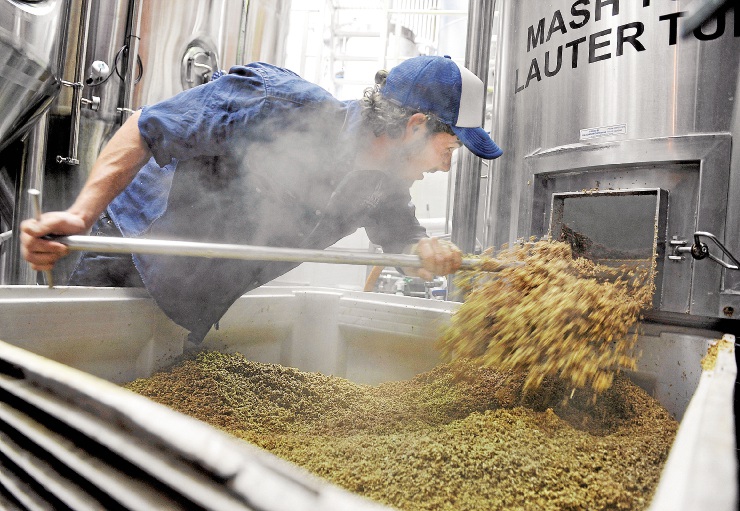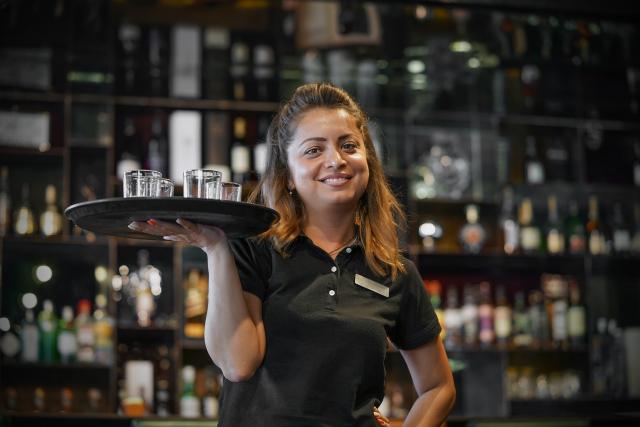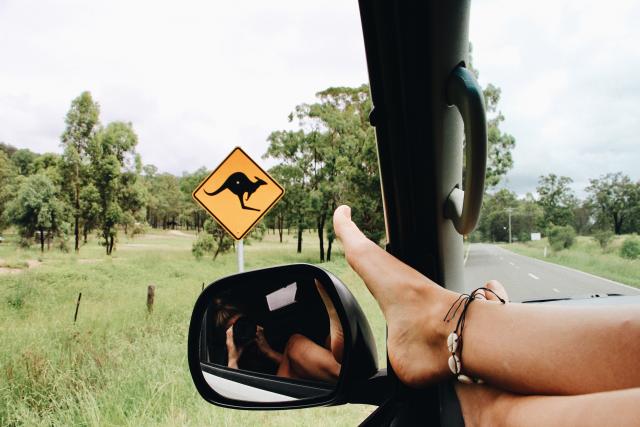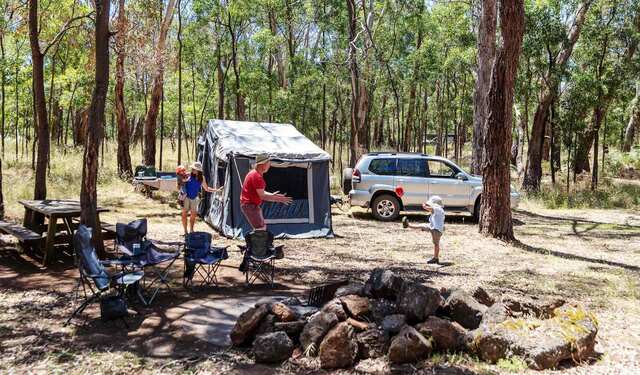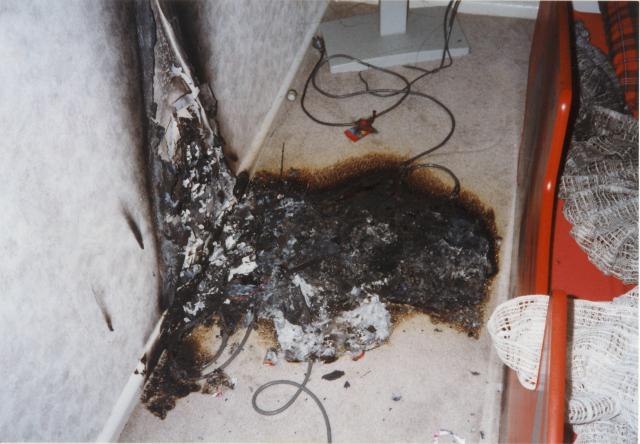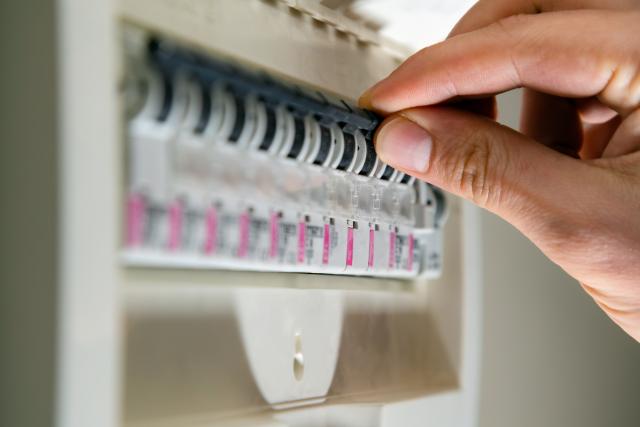WHEN Barack Obama’s campaign reached the Iowa state fair in August, a woman offered him a fruit smoothie.
“Smoothie sounds OK, but a beer sounds better,” the President answered over the roar of a nearby stock car race.
And then he was off to the beer tent.
The crowd’s chant of “Four more years!” turned to “Four more beers!”. The President smiled and ordered a long neck.
An old saying goes that when choosing a president, voters pick the candidate they’d rather have a beer with.
It’s the brew that binds, the drink that’s affordable, social, simple and thirst-quenching like no other.
In Australia, it’s the 6 o’clock swill, a ritual for the working man in washing away the day’s grime, the reward before going home. As a treat after toil, nothing beats a beer.
This is the culture that’s been built around beer, the world’s most widely consumed alcoholic drink. Astonishingly, it’s the third-most-popular drink, after water and tea.
But beer consumption is continuing to fall nationally after hitting a 65-year low last year.
The Bureau of Statistics found Australians’ love of the old amber nectar has taken a pasting.
The likes of Victoria Bitter, Carlton, Tooheys New and XXXX — for decades the pillars of any pub night — are being abandoned in favour of wine and, to a lesser extent, spirits.
Beer accounts for just 44 per cent of all alcohol consumed by Australians — down from a peak of 76 per cent in 1960-61.
In volume, we’re drinking 107 litres of beer per adult each year, which is an average of nearly four pints a week, but that’s down from 190 litres or 6.5 pints a week on average 50 years ago.
Defying the slump, though, are more than 200 microbreweries in Australia and the dozens more that are entering the industry each year.
And as it so often does, Melbourne’s west finds itself at the centre of a cultural crossroads.
It’s the old and the new, the blue-collar and the gentrified. In the beer sphere, the trendy versus the traditional. Despite beer consumption dropping nationally, a microbrewery at the rear of a 19th century hotel in the Macedon Ranges is struggling to keep up with soaring demand.
From pale ales like its trademark ‘Mt Macedon’ brew and the ‘Road Trip’ Indian pale, to German-style pilsners and winter-time porters, Woodend’s Holgate Brewhouse has been growing year on year since starting in 1999.
Ask head brewer Ian Morgan what’s driving the rise of craft beer and he reacts as if the answer is so simple it doesn’t need explaining. “Uh, flavour . . .” he says with a chuckle.
Holgate’s annual production maxed out around 150,000 litres in 2011, a volume that Carlton & United would churn in two hours. But Morgan says the brewery has boomed exponentially over the past four years as Melbourne suburbs emerge as craft beer hotbeds.
“People have travelled and they’ve seen what’s happened in the US, Canada, New Zealand, and have asked, ‘Why can’t I get that here?’
“Australians are used to more choice . . . it’s the same reason we don’t just want one restaurant or one wine — a fruity lexia or some chardonnay if you’re lucky, and once you’ve been exposed to these different flavours there’s no going back.”
Morgan and his co-worker Nick Rhodes both ‘homebrew’ and joke that their own kits count as the ‘Holgate pilot brewery’.
The difference between micro and macro emerges, says Morgan, when the marketing department decides on the product rather than the brewers.
“At home we can knock out 20 litres rather than 2000 litres of it first.
“It comes down to a few of us sitting around going, ‘What beer do you want to brew?’ We’re able to do that because we’re small. We might do one batch; we might be the only ones who really like it, but we can ask why it tastes that way and pinpoint the different flavours.”
Morgan talks proudly of how the craft beer trend has brought brewing back to basics.
“If a brewer from 1200AD walked in here, they’d find it very similar to what they did; just slightly different methods. We’ve got shiny new gear to work with and a better understanding of the science behind it, so we can control the flavours we want. But if you go into the really big breweries, it’s guys standing behind computer screens.
“You’ll find a lot of small breweries aren’t competing against each other. Rather, we share knowledge. We all see ourselves as championing the diversification of flavours, and there’s a lot of room in the market for that as it expands.
While for many, the “Big cold beer” for a “hard-earned thirst” will always be the way to go, Morgan says drinkers are turning to craft beer to savour a variety of flavours rather than simply slamming down cans of mass-produced ‘big beer’.
“They all do it, but look at VB’s campaign — the best beer ice-cold — and think about the things you can actually taste when they are ice-cold. You wouldn’t drink wine ice-cold and the same thing goes for beer.
“It’s very refreshing that way, and you can drink a lot of it, because you’re bypassing your senses. So, basically, it’s just cold liquid.
“We recommend a lot of beer is best served at eight degrees, even 10 degrees in the cooler months to appreciate all the aromas.” At up to $25 a six-pack on bottle shop shelves, the price tag clearly isn’t the drawcard, yet customers seem prepared to pay a premium for the product. “It’s a matter of quality over quantity,” he says.
In Hoppers Crossing, Mark and Karen Arioli have forged a viable business plan for their Brew Barn: “Everyone drinks beer, and beer in the western suburbs is a no-brainer.”
By 11am, seven vats are on the go. Smells of malted barley breeze down the side street from the factory, which is tucked away in the suburb’s industrial precinct. The daily brewing process has begun.
This is blue-collar heartland where beer brings people together at pubs and sporting events, lubricating friendships and rewarding hard work.
Here, drinkers buy in bulk, heaving heavy slabs or 19-litre kegs to their cars. They want beer and lots of it, without breaking the bank. A box of 24 beers here will cost the same as a Holgate six-pack — about $25 — and with bottleshop prices moving upwards of $45 for run-of-the-mill lager, Mark says the massive discount is his business’s drawcard. For small-scale brewing operations, a typical brew day consists of milling malted grain and mixing it with hot water, where starch is converted to fermentable sugars.
The extract is drained off the grain and transferred as malt syrup, or ‘wort’, to the kettle, where it is boiled with hops to create the vital bittering components.
Boiling hot wort is then rapidly chilled and transferred to a fermentation vessel and pitched with a live yeast culture.
This process from milling grain to pitching yeast takes six hours. Then fermentation takes about a week.
The green beer is now chilled close to zero degrees and transferred to a lager tank, where it rests for up to four weeks. Any remaining yeast is filtered off the beer and the bright beer is ready for bottling or kegging.
The Brew Barn has bought the rights to 180 different beer recipes from a German chemist that mirror brand-name favourites almost indistinguishably.
There’s a two-page stock list with different names for equivalents to VB (called MCG Bitter), James Boag’s Premium (Joags), Heineken (Hiking Pilsner) to name a few, along with their popular speciality house beer, Spider Web.
“Customers are from all walks of life,” Mark says.
“Teenagers or 70-year-olds.
“One guy took 24 slabs in one session. He was here bottling all day.
“The appeal is the cost, but also the novelty . . . it’s a bit of a hobby for some people.”
Trade is ticking along nicely, but Mark and Karen are expecting summer on the horizon will bring a sales boost.
“It’s the hot weather thing.
“Nothing quenches your thirst like a really cold beer on a hot day.
“People have been drinking beer for a few hundred years now, and they’ll be drinking it for a long while yet.”

